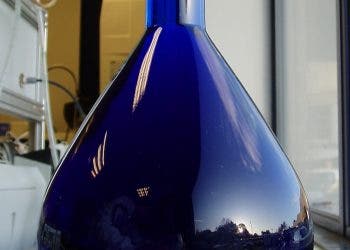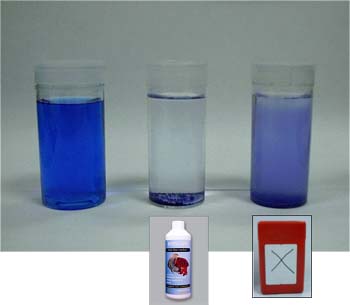Methylene blue, a common antioxidant typically used as a dye in chemical processes, is surprisingly good at slowing the signs of aging. In fact, it might actually reverse some of the agings of the skin. Scientists found that changes incurred from applying the chemical to skin cells derived from 80-year-old individuals were permanent.
“Methylene blue demonstrates a great potential to delay skin aging for all ages,” said Zheng-Mei Xiong, lead author of the study and an assistant research professor of cell biology in a statement.
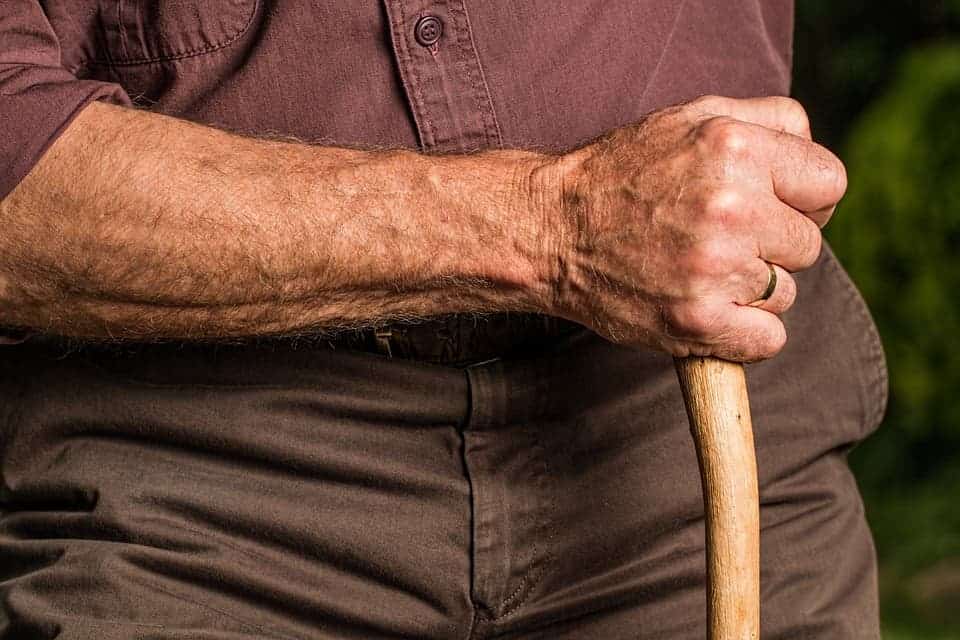
What causes those wrinkles
Aging occurs because, over time, cells stop dividing properly due to DNA damage. In the process, our health, stamina, and vitality suffer. The most visibly aged organ in the human body is, of course, the skin, which becomes wrinkled and gains a different color.
The process that governs aging in the skin can be traced to fibroblasts, which are specialized cells responsible for producing such things as cartilage or bone. Diving in more granularly, it’s fibroblasts that produce collagen. This is the backbone of any kind of skin and is responsible for making skin tough enough so it doesn’t tear easily like a piece of cloth. At the same time, fibroblasts also produce another key protein called elastin, which gives skin flexibility so it can stretch easily. When it’s time for new skin to grow, fibroblasts produce enzymes that instruct cells to break down the old collagen.
Old human skin isn’t very flexible – it’s saggy and wrinkled. By this stage, the fibroblasts have entered an uneven stage of protein production where there’s less collagen being made but more of the enzymes that break it apart. What you end up with is an increasing amount of broken collagen fibers.
Broken collagen fibers cause the skin’s structure to appear nonhomogenous, unlike young skin which is mostly made of intact fibers. The broken collagen fibers also obstruct fibroblasts cells which don’t have something to grip onto any longer. The result is more collapsed fibroblast cells which add up to even less collagen.
In time, the broken fibers drive a feedback cycle that causes the skin to tear easily. Meanwhile, the fibroblast cells also produce less elastin. Thus, aged skin is far less capable of pulling back into an original smooth configuration once it’s been stretched by repeated frowning, smiling, etc.
All of these changes are incurred by natural DNA damage after varying amounts of fibroblast cellular replication. In some people, this DNA damage is more or less pronounced – you’ve seen and know people who look older than their biological age. Likewise, chances are you’ve seen people who look younger (no makeup considered, of course). That’s because there are multiple factors that influence fibroblast DNA damage. For instance, studies have concluded that UV light exposure and certain carcinogens present in cigarette smoke increases the likelihood of DNA damage.
Other studies suggest that some chemicals classed as reactive oxygen species (ROS) can also damage cellular structures, like fibroblast DNA. These oxygen-containing molecules desperately want the electrons of other species or molecules and will gladly rip these from them. This causes oxidative stress in the skin causing it to wear.
Antioxidants are good for counteracting ROS because they neutralize the electron-grabbing-hole-forming chain reaction. And this is where methylene blue comes in.
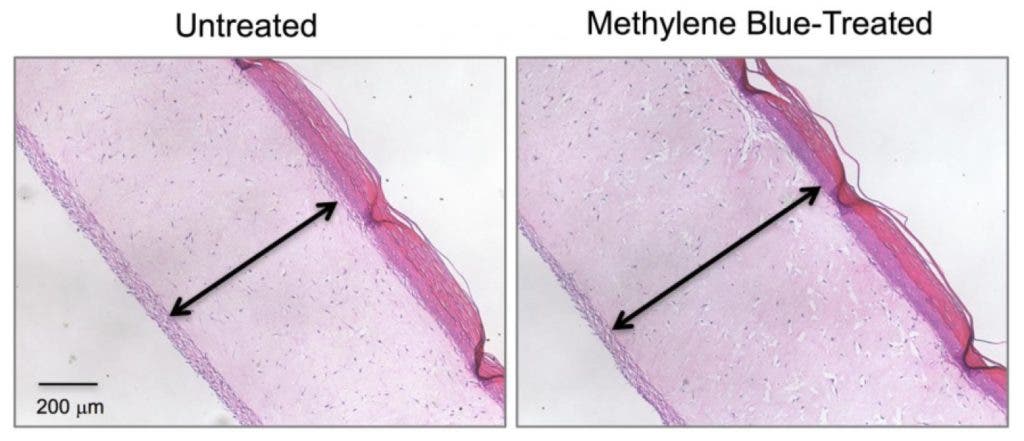
University of Maryland researchers applied the chemical to skin cells collected from three groups of people: healthy middle-aged donors, individuals over 80 years of age, and individuals who are technically young considering age but otherwise old because they suffer from progeria – the condition that makes people’s bodies age faster than they should normally. Finally, methylene blue in varying amounts was also applied to a lab-grown artificial skin made in layers that mimic natural skin and its epidermis.
The results were striking. The antioxidant effect was powerful in all types of skin and the artificial skin model revealed the chemical helped it retain more water and become thicker, both telltale signs of young skin. That’s not all. This isn’t some patch work. Rather there are indications that methylene blue might actually have a rejuvenating effect.
“The effects we are seeing are not temporary. Methylene blue appears to make fundamental, long-term changes to skin cells,” said senior researcher Kan Cao in a statement.
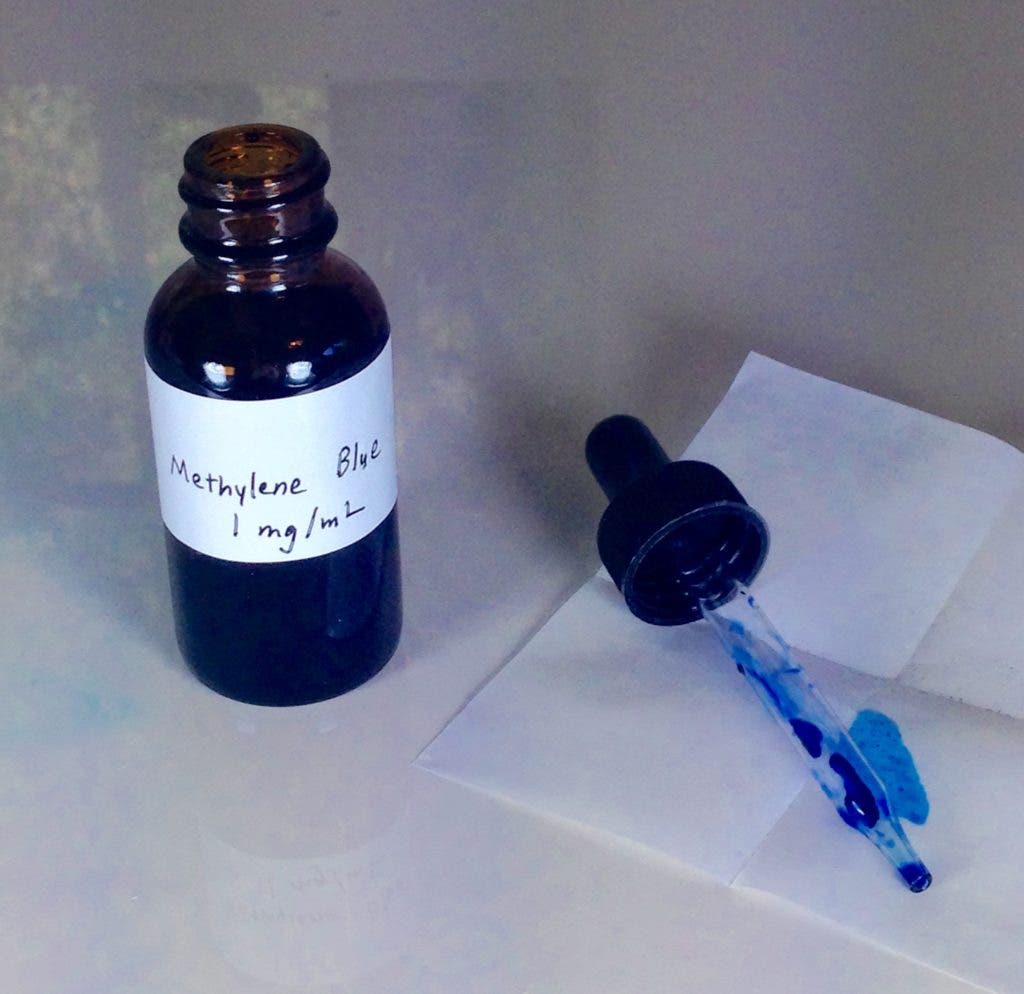
Methylene blue is already used in medicine to treat methemoglobinemia, a condition that causes abnormally high amounts of hemoglobin to enter the blood stream. It’s also often encountered in microbiology labs where it’s used a dye to make the nucleus of various plant and animal cells stand out.
Now, it seems methylene blue is poised to become a major component in novel cosmetic products such as anti-aging creams or sprays. Cao even envisions a future where patients donate some of their cells for doctors to grow skin samples in the lab. This way, after applying varying amounts of the antioxidant, they can come up with a tailored made program that fits the needs of each individual patient. And don’t worry – your skin won’t turn Smurf-blue in the process. While methylene blue makes things blue-tinted, the concentration is too small to produce this effect.
It’s also worth noting that the anti-aging effect, though significant, does not produce over-the-top effects. This is no fountain of youth. This distinction might be reserved to other chemicals and methods that have been shown to have rejuvenating effects. Other promising works involve hormones that stimulate the production of telomerase, an enzyme which keeps cells “young” by stopping their genetic material from shrinking. Elsewhere, Australian researchers administering a certain compound to mice and found muscle degeneration and diseases caused by aging were reversed. And as life is sometimes stranger than fiction, transfusing young blood could be the most promising rejuvenating method yet.
Scientific reference: Zheng-Mei Xiong, Mike O’Donovan, Linlin Sun, Ji Young Choi, Margaret Ren, Kan Cao. Anti-Aging Potentials of Methylene Blue for Human Skin Longevity. Scientific Reports, 2017; 7 (1) DOI: 10.1038/s41598-017-02419-3
